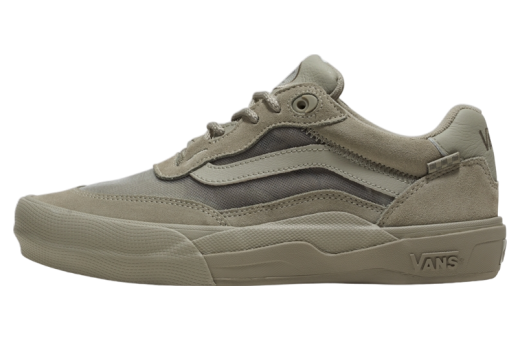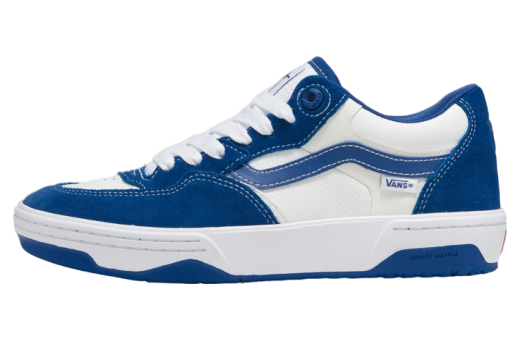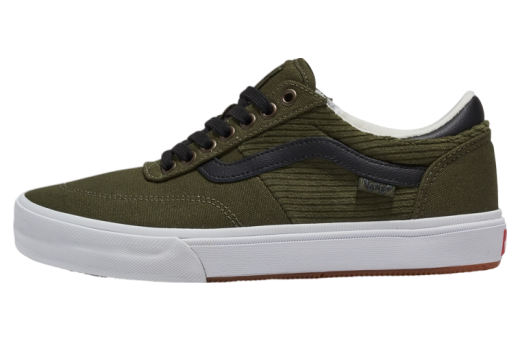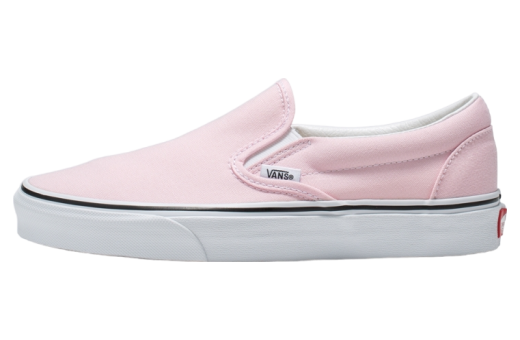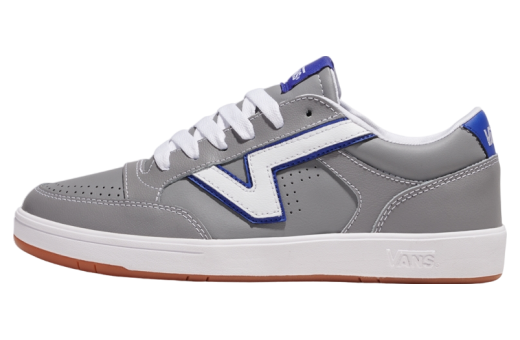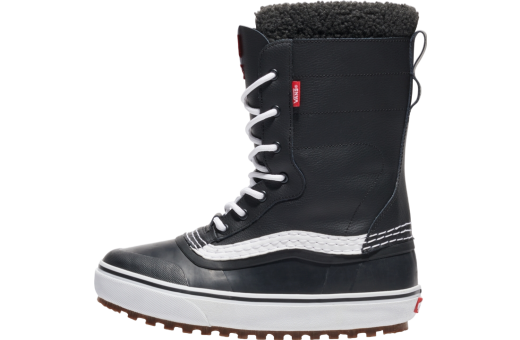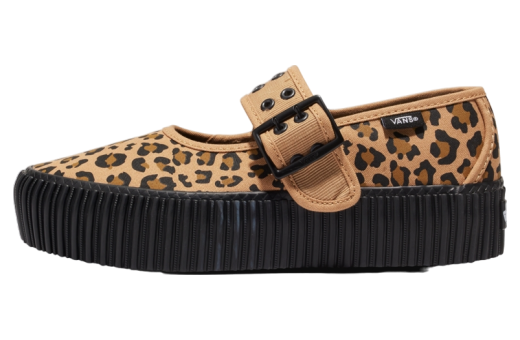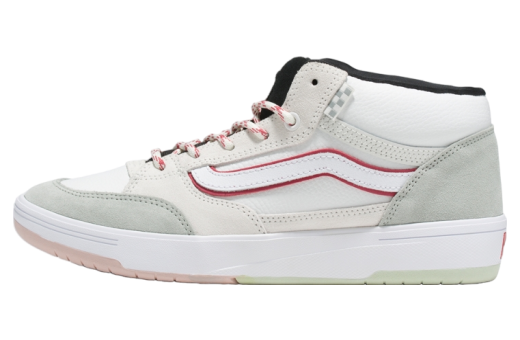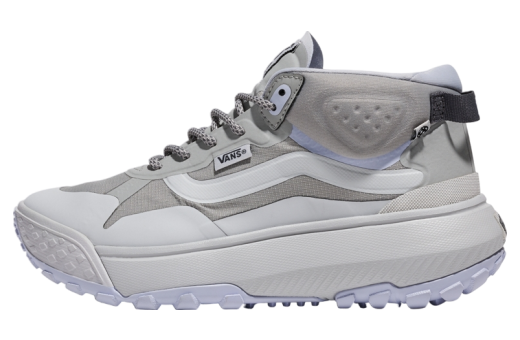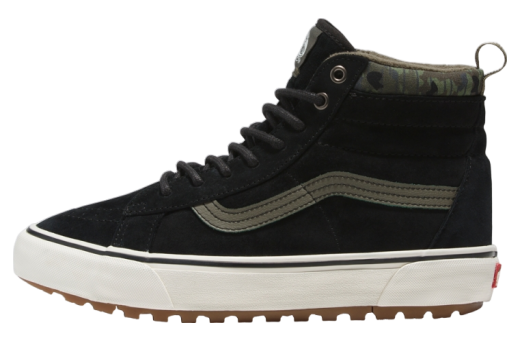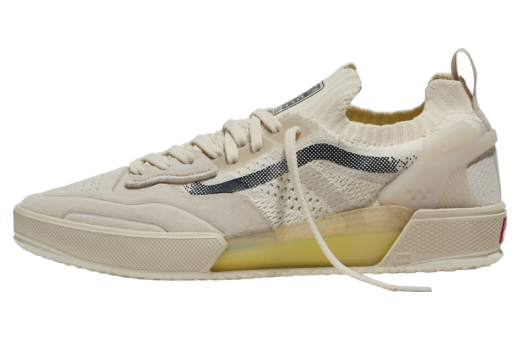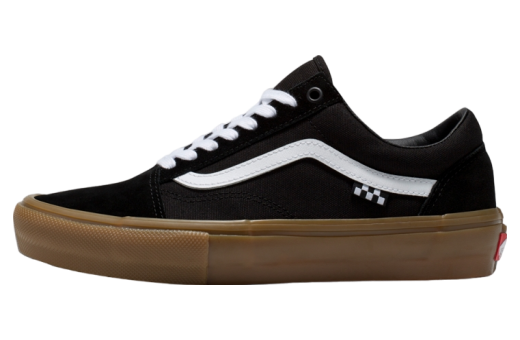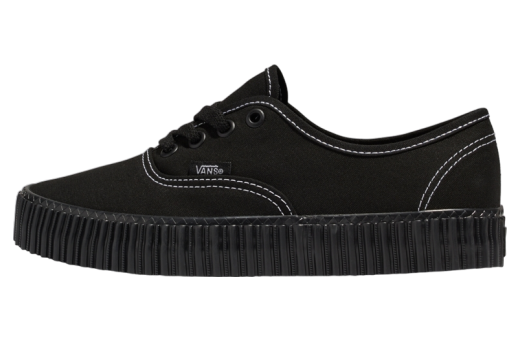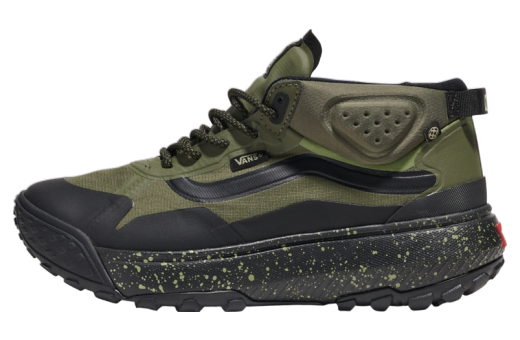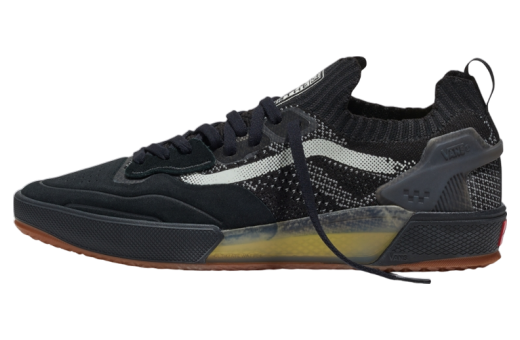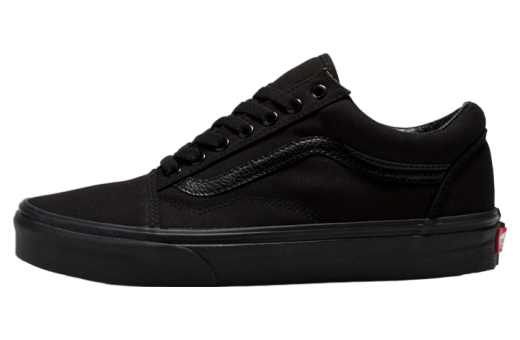Vans
Vans, originally established in 1966 as the Van Doren Rubber Company, has grown into a globally recognized brand synonymous with durable, stylish footwear and clothing. Founded by Paul Van Doren, his brother Jim Van Doren, and their friends Gordon Lee and Serge Delia, the company started with a unique business model that allowed customers to order shoes and have them made on the same day. This distinct approach to customer service, combined with their emphasis on sturdy rubber soles and a simple, effective design, quickly earned Vans a loyal following. The brand gained widespread popularity in the 1970s and 1980s, particularly among skateboarders who appreciated the shoes' rugged construction and grip-friendly waffle soles. Vans' dominance increased with their diversification into apparel and accessories, all while maintaining their core identity rooted in the skateboarding and action sports cultures.
Over the years, Vans expanded its reach far beyond its origins in Anaheim, California, becoming an essential part of youth culture worldwide. The company's signature offerings, such as the Old Skool, Sk8-Hi, and Slip-On, have become cultural icons, solidifying Vans' reputation for timeless style and versatility. Collaborations with influential artists, musicians, and other brands have further cemented Vans' status in the fashion and lifestyle sectors. Their Off The Wall slogan encapsulates an ethos that transcends mere footwear, embodying a spirit of creativity, individuality, and rebellion. Additionally, Vans has invested in various initiatives and events, like the Vans Warped Tour and the Vans Triple Crown of Surfing, to nurture the communities that have supported them. This enduring connection with its roots and progressive outlook ensures that Vans continues to be a beloved and relevant brand across generations.
History of Vans
## The History of Vans: A Legacy of Youth Culture and Innovation
The story of Vans, an iconic American shoe company, begins in Southern California amidst the cultural ferment of the 1960s. Known for its distinctive designs and deep association with skateboarding, Vans has evolved into a global brand revered in multiple subcultures. This history explores its humble beginnings, meteoric rise, and enduring influence over half a century.
### The Early Years
On March 16, 1966, brothers Paul and Jim Van Doren, along with partners Gordon Lee and Serge Delia, opened the first Vans store at 704 East Broadway in Anaheim, California. Originally named the Van Doren Rubber Company, the brand distinguished itself by manufacturing shoes on-premises and selling them directly to the public.
When the store first opened, it offered three styles, priced around $2.49 to $4.99. Customers could place orders for custom shoes, choosing from a variety of colors and patterns, and they often received their personalized shoes the next day. The company's initial focus was on making sturdy deck shoes with diamond-patterned soles, the forerunner to what we now know as the classic Vans Authentic.
### A Surprising Surge in Popularity
While Vans shoes were comfortable and versatile, their success in the early 1970s was unforeseen. Skateboarding was growing as a sport and culture, and skaters quickly adopted Vans shoes for their superior grip and durability. The diamond-pattern outsole and sturdy construction made them ideal for withstanding the rigors of skateboarding.
The brand caught onto this trend, and by the mid-1970s, Vans started actively supporting and connecting with the skateboarding community. In 1976, the now-classic "Off the Wall" logo was introduced, reflecting the brand’s identity aligned with the offbeat, gravity-defying ethos of skateboarders.
### Expansion and Innovation
During the late 1970s and early 1980s, Vans diversified its product line to include new models and accommodated the burgeoning skate culture demands. The Era, designed in collaboration with skateboarding legends Tony Alva and Stacy Peralta, became a runaway hit. With padded collars and a wide array of color combinations, the Era catered directly to the tastes and needs of skaters.
In 1978, the Old Skool (also known as Style #36) was launched. This was the first Vans shoe to incorporate leather panels for increased durability, alongside the now-iconic side stripe—originally known as the "jazz stripe." The Sk8-Hi (Style #38) followed soon after, offering more ankle protection, which was crucial for skaters performing aerial tricks.
### Financial Troubles and Resurgence
Despite its growing popularity, Vans faced financial turmoil in the early 1980s. The company expanded aggressively, launching into other athletic markets, including baseball, basketball, and wrestling shoes. Such diversification stretched company resources thin, leading to financial difficulties.
In 1983, Vans filed for Chapter 11 bankruptcy protection. Over the next three years, the focus was on restructuring the company and re-consolidating its brand identity around its core products. By 1986, Vans had emerged from bankruptcy, refocused on its strengths in skateboarding and youth culture—a comeback solidified by strong grassroots support.
### Pop Culture Phenomenon
The late 1980s and early 1990s saw a renaissance for Vans. Television and films played a significant role in catapulting the brand into mainstream awareness. The 1982 film "Fast Times at Ridgemont High" featured Sean Penn’s character, Jeff Spicoli, wearing Checkerboard Slip-Ons, a style that quickly became synonymous with chill, Southern Californian cool.
In the 1990s, Vans embraced its association with alternative music cultures, becoming a staple within grunge, punk, and later, emo and hip-hop circles. The brand's affordability, durability, and aesthetic appeal made them a natural fit for the fashion sense that accompanied these musical movements.
### The Vans Warped Tour
Perhaps one of the most significant partnerships in Vans' history began in 1995 with the sponsorship of the Vans Warped Tour. This traveling rock festival, founded by Kevin Lyman, became an annual summer staple, blending skateboarding, BMX biking, and punk rock music. The Warped Tour provided Vans with a direct line into the burgeoning youth culture, and in turn, the brand reached unprecedented levels of global recognition.
The tour lasted until 2019 and played a crucial role in cementing Vans’ presence in the alternative music scene. It was not just about branding; Vans actively participated in the culture, sponsoring athletes and artists, and engaging in various community programs.
### The Skateboarding Renaissance
Skateboarding underwent another boom in the late 1990s and early 2000s, and Vans was well-positioned to ride this wave. The company began revitalizing its classic models and introducing new technologies to cater to the advancing needs of skateboarders. The introduction of the Vans Pro Skate line featured enhanced cushioning and support, catering directly to hard-core skaters.
Collaborations with prominent personalities in the skateboarding community, such as Steve Caballero, Geoff Rowley, and Anthony Van Engelen, helped in strengthening Vans’ credibility and appeal among serious athletes.
### Global Expansion and Sustainable Practices
By the 2000s, Vans had firmly established itself as a global powerhouse. The brand expanded its footprint with stores around the world, becoming a mainstay not just in the United States, but in Europe, Asia, and beyond. Events like the House of Vans—art, music, and skateboarding hubs set in cities around the world—solidified this global presence.
In 2004, Vans was acquired by VF Corporation, a massive apparel conglomerate, for $396 million. This acquisition provided Vans with more resources for innovation and expansion, allowing for further penetration into international markets.
Vans has also made strides in sustainability in recent years, launching initiatives to reduce its environmental impact. This includes using sustainable materials, reducing waste in their manufacturing processes, and supporting various environmental causes.
### Cultural Impact and Modern Innovations
Even as it became a corporate giant, Vans has retained its roots in youth and street culture. Collaborations with high-fashion brands, artists, and musicians have kept Vans relevant in the ever-evolving fashion landscape. The brand has worked with designers like Marc Jacobs and streetwear labels like Supreme, continually reinventing its classic styles for new generations.
Moreover, Vans has embraced digital innovation. Their custom shoe design feature allows customers to create personalized styles online, continuing the legacy of customization that began in their first store.
### Conclusion
From a small family business selling deck shoes to Southern Californians to an international brand synonymous with skate and youth culture, Vans has had an extraordinary journey. It has navigated financial hardship, embraced cultural shifts, and continuously innovated to remain relevant.
What makes Vans truly unique is its symbiotic relationship with the communities it serves. The brand has never just been about selling shoes; it has fostered and grown with the cultures that wear them. Through every flip, trick, and slam on the pavement, Vans has been there, firmly “Off the Wall” but always at the heart of youth culture.
